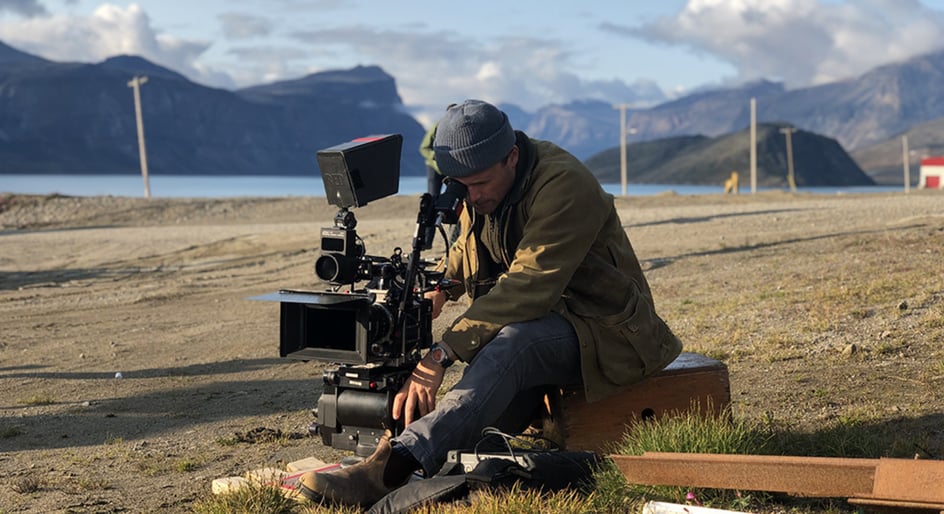
Mar 11, 2022
Ranging everywhere from a Canon 5D mk III to the ARRI ALEXA Mini, it’s always fascinating to peek behind the scenes a bit to see which cameras were used to shoot some of the biggest (and even smallest) films from a major film festival.
With SXSW 2022 bringing audiences back to Austin, Texas for the first time in two years, it’s no overstatement to say that this year’s fest brought out some of the biggest stars and biggest features, and served as a release for over a year’s worth of building creative tension.
But at the heart of these wild and different films, every filmmaker (or filmmaking team) had to wrestle with the same decisions you and I face on every video project under the sun. Mainly, “What camera should I use — and why?”
Well, to offer some insights (as well as preview some standouts from this year’s fest) let’s take a look at some of the diverse cameras used to shoot some of this year’s feature films, shorts, and music videos from SXSW Film 2022.
BAD AXE (Documentary. Feature) | Blackmagic Pocket Cinema Camera 4K
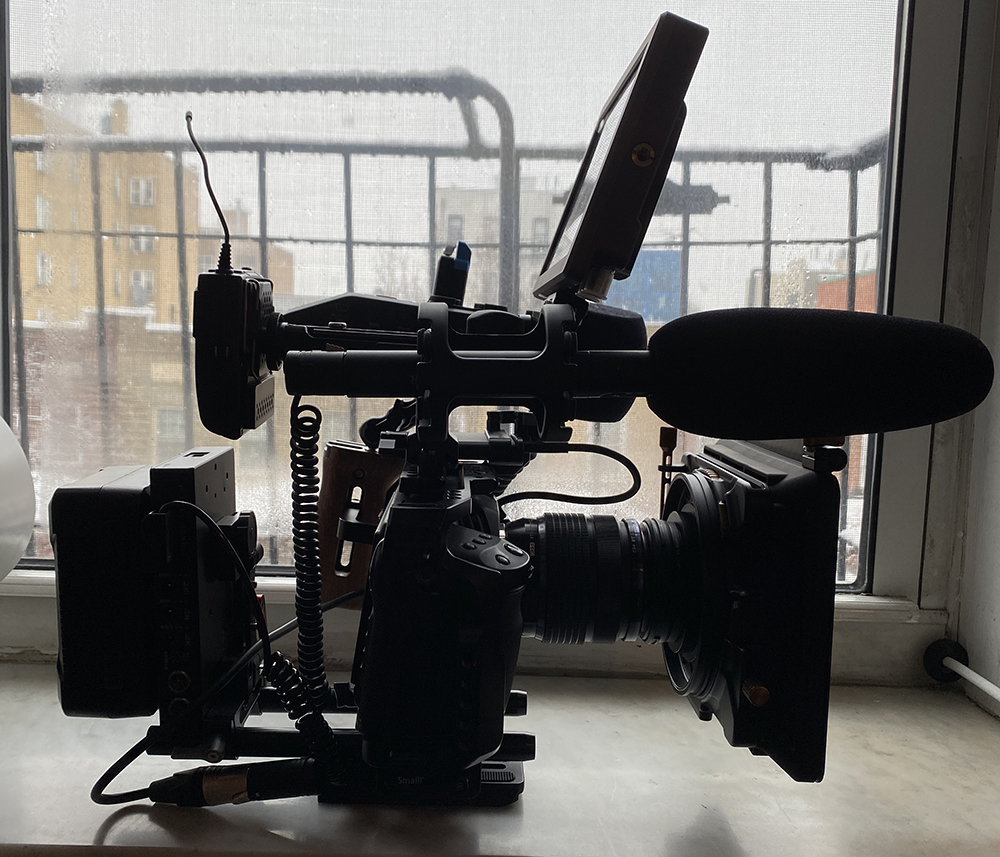
“I shot about 90% of BAD AXE on the Blackmagic Pocket 4k (BMPCC 4K). The other 10% of footage is divided between the Sony FX6 and iPhone 11 Pro.
“The decision to shoot on the BMPCC 4K really came down to budget. When I first began shooting BAD AXE, I didn't have any grant/financial support. The BMPCC 4K cost just under $1,300 at the time, so it was something I could easily put on my credit card without too much financial stress.
“If I could go back in time and choose a different camera to shoot with, I don't know if I would. The BMPCC 4K's sensor produces such a beautiful image, and it shows in the color science when you bring it into DaVinci Resolve.
“Filmmakers 10 years ago would not have dreamed that they could shoot 12-bit raw on a cinema camera that's the size of your standard DSLR, but here we are! However, there were some challenges to shooting 10-hour days with the BMPCC 4K. Because of its compact size, it's no secret that the internal battery and LCD screen are just not feasible for long run-and-gun shoots.” — Director David Siev
One of the standout documentaries from this year’s fest, Bad Axe follows the story of Asian-American filmmaker David Siev and his run-and-gun documentation of the struggles of his family to keep their restaurant open during the pandemic. Its cinematography is sharp and versatile, which Siev credits to his Blackmagic Pocket Cinema 4K.
As you can see in the photo above, Siev chose to rig out his BMPCC4K with a V-mount battery, a 7-inch monitor, and a Zoom H6 audio recorder. He estimates the rig was roughly 12-14lbs when fully built-out.
He also made use of Sigma EF mount lenses (f/1.8 18-35mm and f/1.8 50-100mm) along with a few other options to provide low light versatility for his cinematic style.
WE SHOULD GET DINNER! (Narrative Short) | ARRI ALEXA Mini
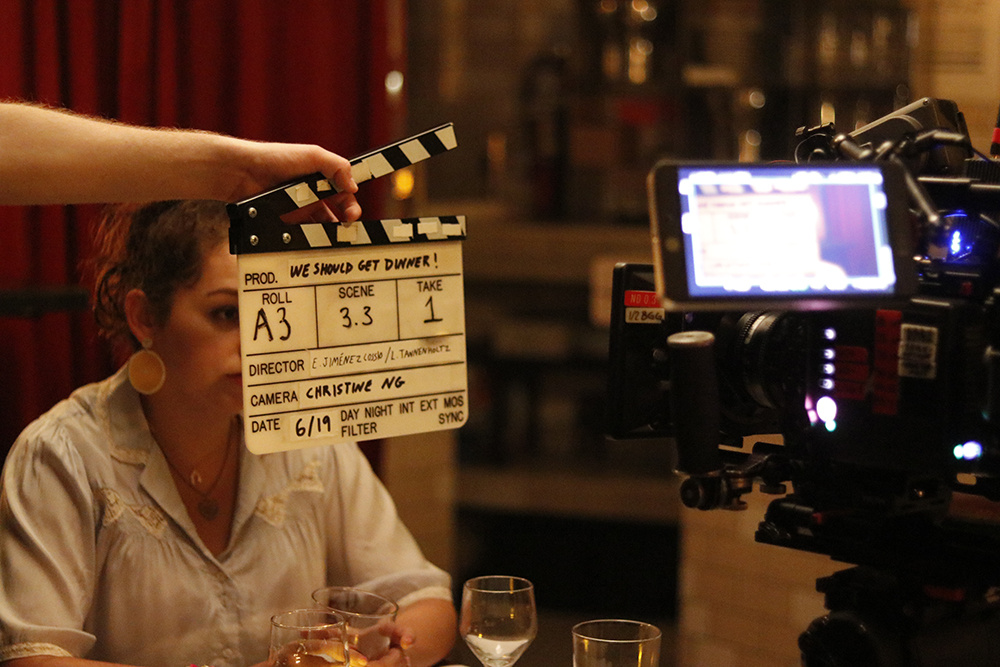
“The Alexa mini is a versatile camera that is great for narratives, commercials, music videos, and documentaries! It’s compact with amazing image quality. It has excellent latitude and captures all types of skin tones beautifully.
“The combination of the fast Zeiss Super Speeds and the latitude of the Alexa Mini allowed us to shoot with available light for all our night exteriors on the streets of New York!” — Director of Photography Christine Ng
As with years past, the ARRI ALEXA Mini continues to be one of the most popular cameras for narrative shorts and features. And as is the case with the comedy short We Should Get Dinner!, directors Eliza Jiménez Cossio and Lexi Tannenholtz, along with DP Christine Ng, chose to use the festival mainstay camera for its versatility and excellent image quality.
By using Arri/Zeiss high speed Mark III prime T.13 lenses (ranging 18mm through 85mm) and the “smallest dolly track in the history of the world,” the team was able to capture a fun, active, and quite hilarious comedy about bottled-up anger and the boundaries set in relationships.
JETHICA (Narrative Feature) | Canon 5D Mark III
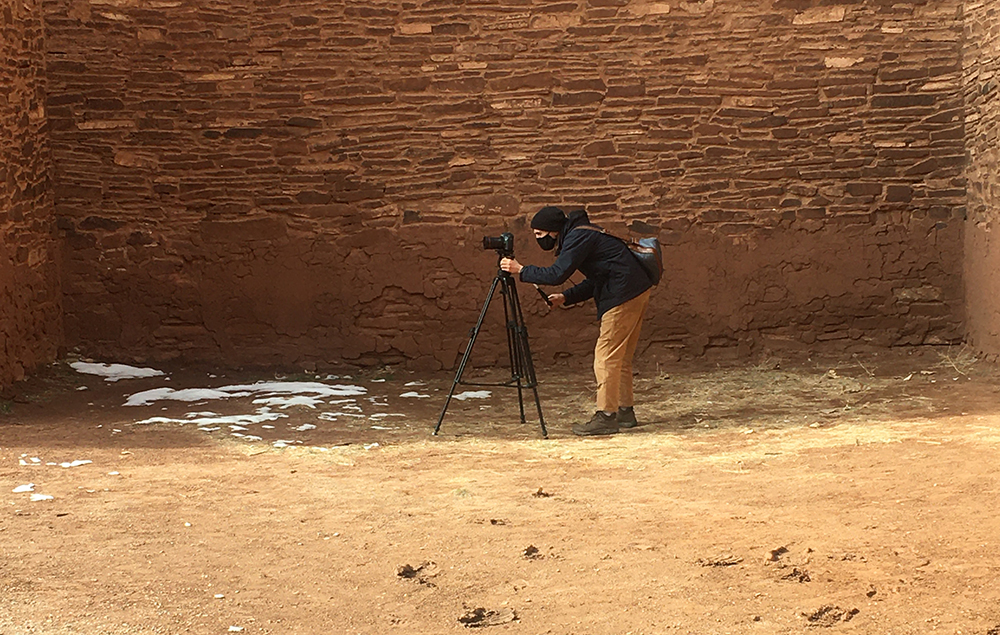
“I shot on a Canon 5D Mark III with the Magic Lantern RAW Hack. Firstly, it's the camera I own and have been using since 2012. Secondly, I find most all modern cameras are ‘good enough’ and that often, they are TOO good. The sharpness of the latest technology is something we are often fighting against whether it be vintage lenses or adding grain in post.
“The resolution of the Canon 5d3 is only 1080 but I like how the footage feels and the RAW hack unlocks 16-bit color depth which is great for the colorist.” — Director Pete Ohs
Filmmaker Peter Ohs chose to go old school and fire up an old Canon 5D Mark III camera for his film, which was one of the more surprising camera choices for one of the Narrative Feature films from this year’s fest. Used for telling the story of Jessica and her mysterious stalker named Kevin, Ohs’ choice of camera proves two distinct things about his camera and craft.
The first thing he proves is that it doesn’t really matter what camera you use, as the best way to make a great film is to simply tell a compelling story through your plot, characters, and cinematography.
The other thing it proves is that the Canon 5D (which Peter hacked with Magic Lantern RAW to record RAW) still packs a powerful punch and looks quite remarkable even by today’s standards.
HANA VU - ‘KEEPER’ (Music Video) | Arri SR3 Film Camera
“We shot on an Arri SRIII on Kodak Vision3 500T 7219. We used 16mm for two reasons: 1) the video was relatively low budget, and 2) the DP, Andrew Yuyi Truong, owned an SRIII that he let production use for free. We both also had shortends from previous productions which made shooting on film equivalent to, if not cheaper, than renting an Arri Alexa.
“In addition, the video's aesthetic was inspired by old Hong Kong movies from the 1990s, specifically Too Many Ways To Be No. 1. During that period, Hong Kong directors would often have no money and no time so they would throw on a wide angle lens, use whatever film stock they had, and go shoot.
“Using a tungsten stock while we moved between exteriors and interiors in a single take meant that the color balance would constantly shift in a way reminiscent of Hong Kong 90s cinema.” — Director Maegan Houang
Moving on to one of the few projects from SXSW shot on film this year, filmmaker Maegan Houang chose to shoot 16mm to create a vintage 1990s Hong Kong aesthetic which truly pops off the screen in their final comps.
Houang also used an Ultra16 8mm lens to go along with a Arri RCU-1 remote control unit to manually create a speed ramp from 24fps to 48fps which you can see in the final version of the video as well.
SLASH/BACK (Narrative Feature) | RED MONSTRO 8K VV
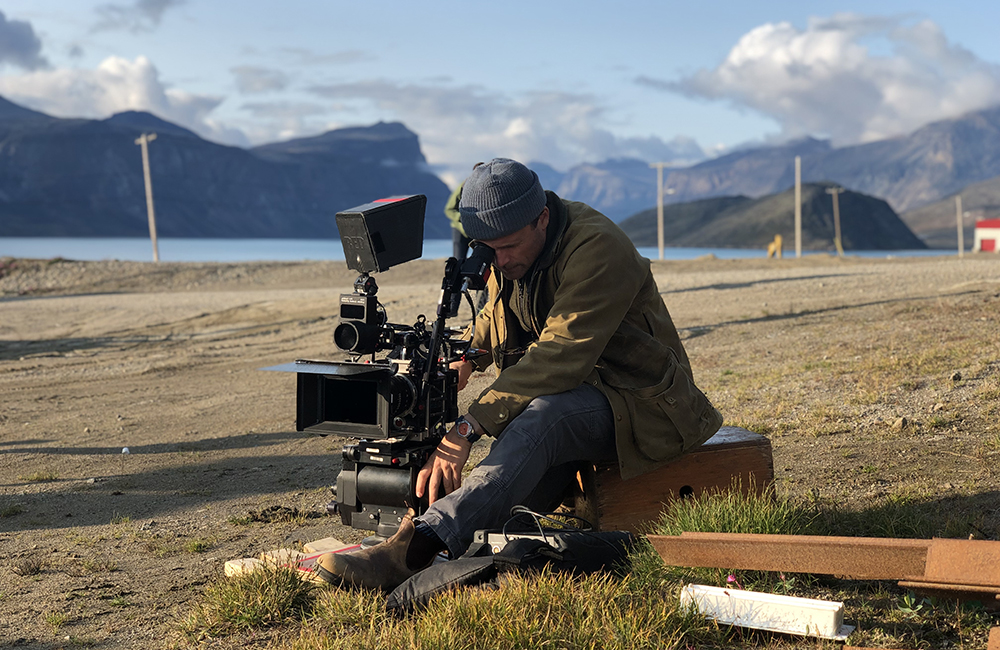
“The breadth of the land and fjord in Pangnirtung is breathtaking, so we wanted to be able to convey that feeling in the photography. Using a large format sensor made sense to us for that reason.
“The near ‘vista vision’ imager of the RED Monstro with the Panavision Primo 70 lenses brings the scope of the landscape into the camera without having to utilize wider lenses, which could bend and draw the background further away.
“With the Monstro, we could accomplish the wider field of view but with the background feeling closer to the subjects, which was fascinating to experience in the north. Without the reference of trees, the sense of depth in landscapes is not easily determined — the mountains are much further and much larger than you expect.
“With this large image sensor, that interplay of scope and scale versus your perception is conveyed, but the endlessness of the landscape still remains.” — Director of photography Guy Godfree
A proactive, yet heartfelt, Narrative Feature film that crosses genres between horror, sci-fi, and action, Slash/Back was one of the standout films of this year’s fest for its gorgeous cinematography and even-handed narrative direction by the multi-hyphenate writer, director, and creator Nyla Innuksuk.
In speaking with director of photography Guy Godfree, the team chose to go with the RED MONSTRO 8K VV specifically to bring some of these big images and themes to life on the big screen — including wrangling the majestic mountains of Baffin Island into the film as a character itself.
CESARIA EVORA (Documentary Feature) | Sony FX9
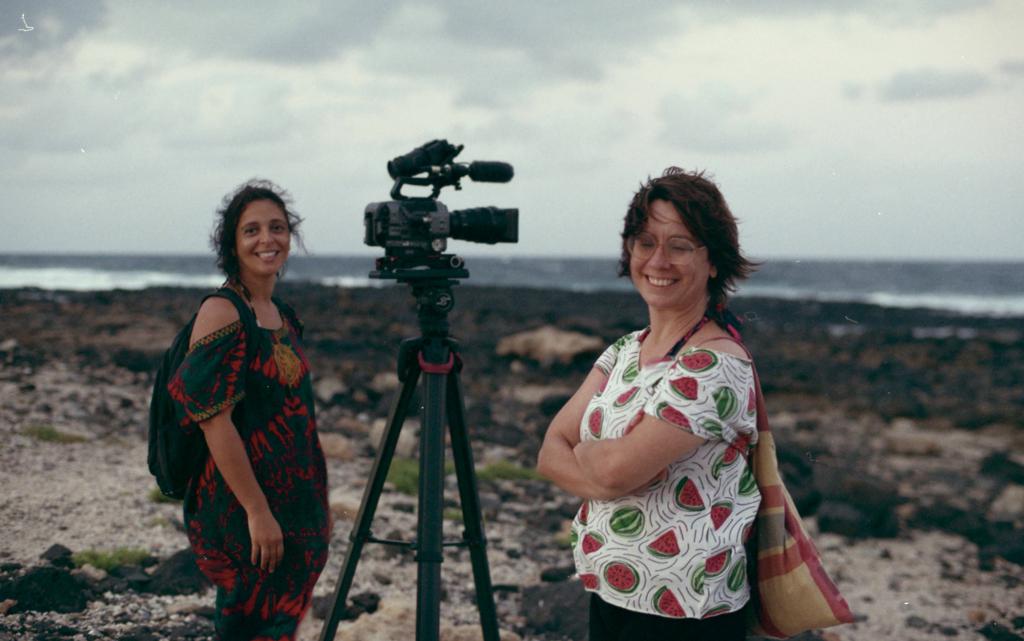
“I used a Sony FX9. I chose this camera because it is a very versatile camera and has a special luminosity. I wanted to be in the field as freely as possible and with adaptability. This camera allows you to shoot without the need of huge kits, to go from day to night without major problems.
“Another advantage of this camera is that it does not draw too much attention. In addition, for me, it was important to capture natural light, to always shoot without using any lighting equipment.” — Director Ana Sofia Fonseca
As part of the 24 Beats Per Second section of SXSW Film — which showcases the sounds, cultures, and influences of music and musicians — Cesaria Evora tells the story of Cesária Évora, a renowned performer from Mindelo, Cape Verde.
Filmmaker Ana Sofia Fonseca opted to shoot the film with a Sony FX9 for its documentary flexibility and adaptability for working in situations with little control of lighting and audio.
NIGHT BREAKERS (Short Film) | RED HELIUM 8K
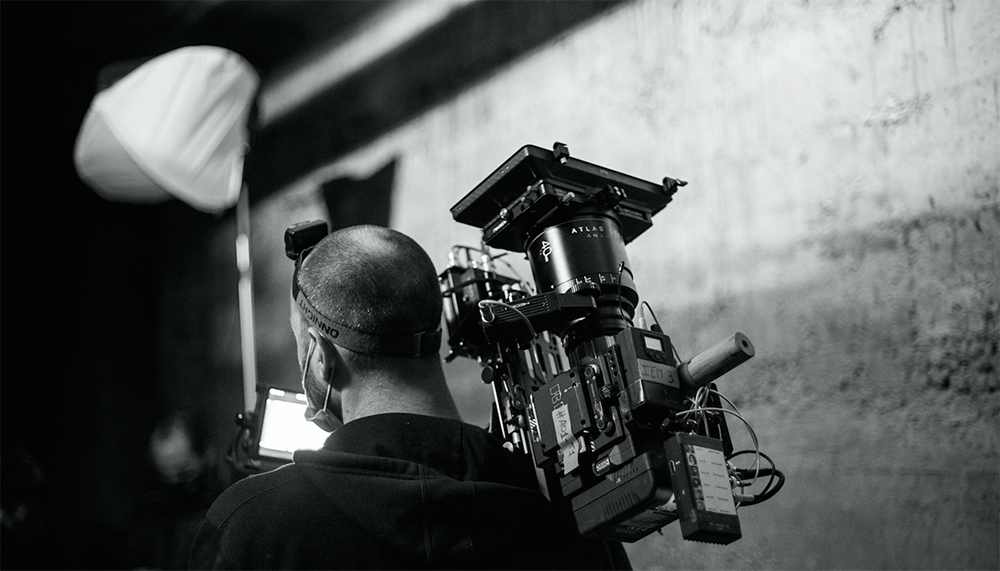
“We used the RED HELIUM 8K camera. For several years now I've been shooting everything with RED cameras, and I fell in love with the HELIUM sensor. I know it very well, it's behavior in the shadows was perfect to deliver the story.
“If you have the opportunity of watching the short film you'll see how important it is at achieving great middle and low lights with warm texture and detail. And the HELIUM was perfect for that.” — Director and cinematographer Gabriel Campoy
As should be no surprise to anyone, another of the fantastic looking films from SXSW 2022 was shot on a RED camera.
As part of the Midnight Shorts Program, which focuses on genre horror projects and other of the more wild and crazy concepts, directors Gabriel Campoy and Guillem Lafoz were able to use a familiar cinema camera with absolute precision as they cast a dark yet warm tale which explores a group of friends trudging through a maze of underground tunnels.
A VANISHING FOG (Narrative Feature) | Sony a7S III
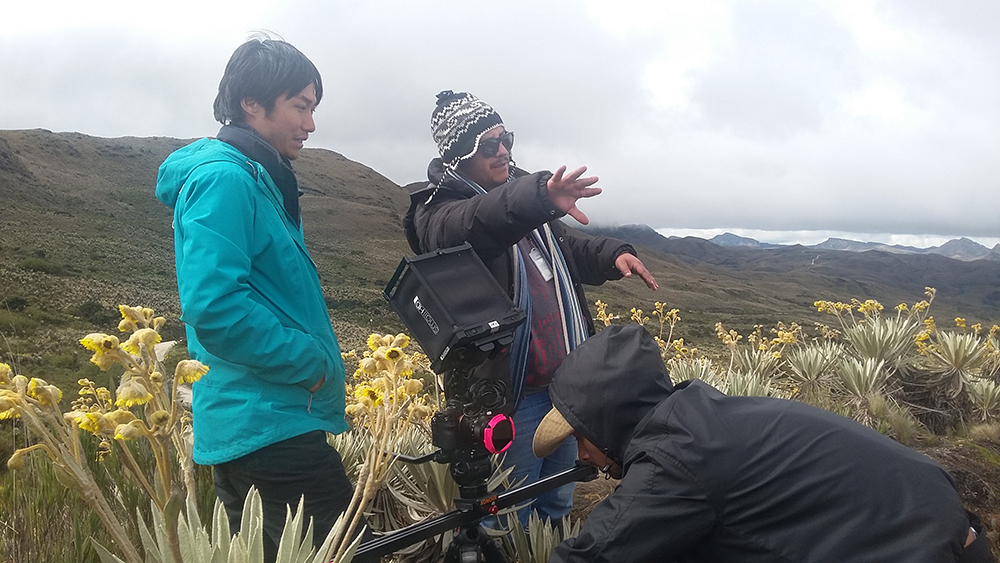
“This specific Sony camera with the PL mount to adapt our vintage Cooke and Zeiss lenses was light yet still robust, and the picture quality was superior as it simulated super 35mm full-frame and captured raw 4K.
“This camera has great color response and texture, which is something we were looking for as we thought ahead to grading in post-production. The camera also supported our initial idea of mostly shooting with natural light as it gave us a pretty good ISO range to work with and a good relationship with the optics.
“However, one of our main reasons for picking this camera, picture quality aside, was that we were out in the isolated mountains of the Andes in extremely cold and humid weather conditions. The surprising duration of the power batteries and the capacity to easily carry our entire gear setup for miles and miles of trail hiking made it the perfect camera to meet our needs.” — Director Augusto Sandino
Finally, it’s always refreshing to see that not all the films at SXSW are ARRI ALEXAs and REDs, but rather there was a solid amount of what could be considered “prosumer” cameras used for even feature narratives as was the case with Augusto Sandino’s A Vanishing Fog.
Telling the story of the mysterious and endangered Páramo of Sumapaz, a crucial territory for the ecological balance of the Western Hemisphere, Sandino chose to outfit his a7S III with vintage Cooke and Zeiss lenses to give the film a big full-frame feel, but with Sony’s sharpness and color science behind his beautiful lenses.
Overall, it seems simple, but it’s effect is quite beautiful and natural to what audiences love to see.
For more festivals insights and camera breakdowns, be sure to check out these additional articles from the Soundstripe blog: